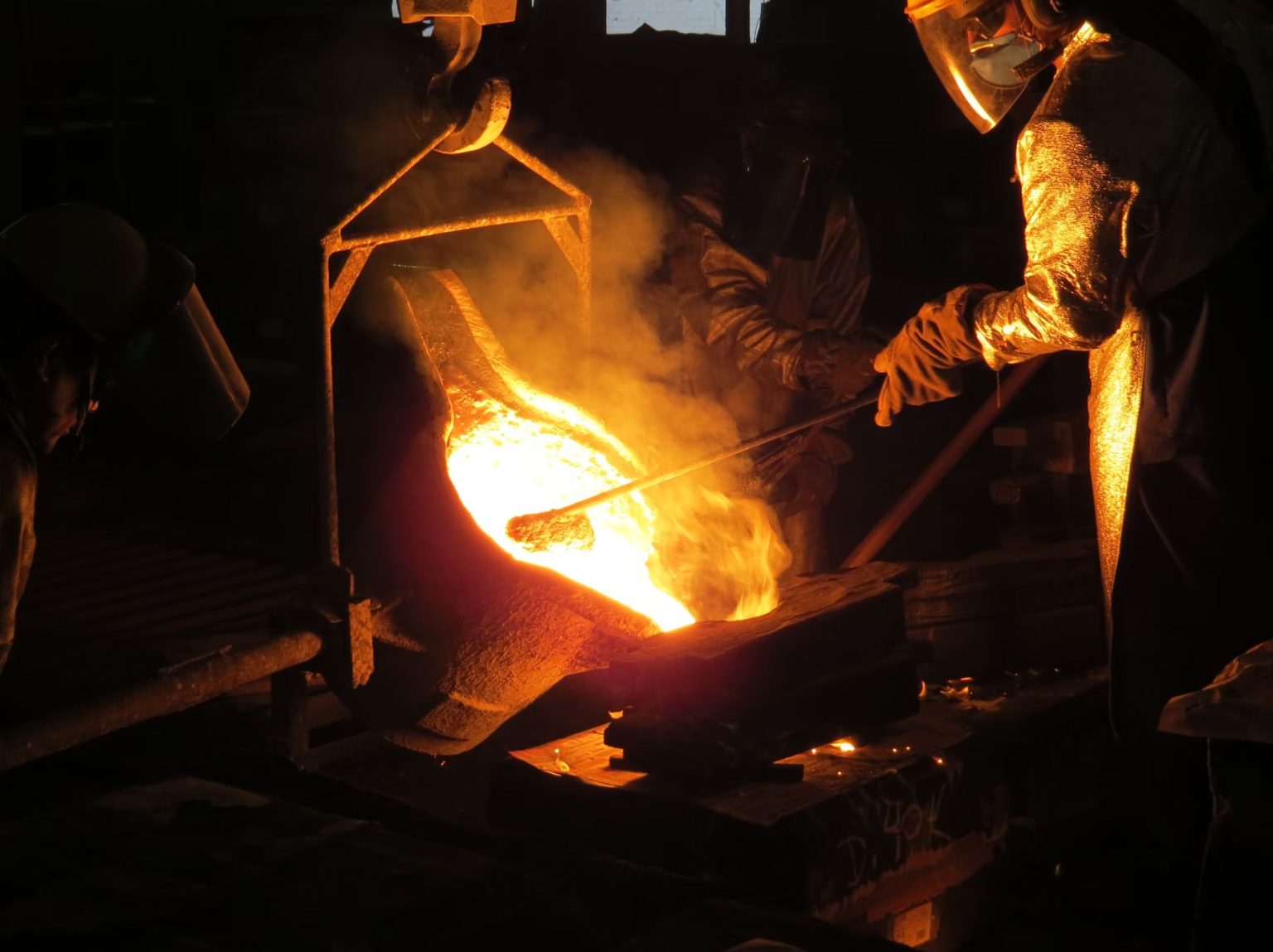Tata Steel Netherlands faces €685 million in emission allowance purchases between 2024 and 2030, marking a dramatic reversal from the €663 million the company earned selling surplus credits between 2008 and 2019. Internal documents reveal how the European Emissions Trading System’s tightening allocation rules are compounding existing financial pressures on the Dutch steelmaker, which reported combined losses of €761 million over the past two years.
The shift exposes fundamental weaknesses in the ETS’s early implementation. For over a decade, industrial emitters received overallocated allowances—a structural flaw that enabled companies like Tata Steel to generate €55 million annually through credit sales rather than reducing emissions. This windfall mechanism effectively subsidized high-emission operations while undermining the system’s core objective of driving decarbonization through carbon pricing.
Current ETS Phase IV reforms (2021-2030) have eliminated this arbitrage opportunity. The benchmark-based allocation methodology now calculates free allowances using the 10% most efficient installations in each sector, progressively reducing handouts by 2.5% annually. For integrated steel producers like Tata’s IJmuiden facility—operating blast furnace-basic oxygen furnace (BF-BOF) technology—this creates a widening gap between actual emissions and allocated credits.
The €685 million procurement requirement breaks down to approximately €98 million annually through 2030, assuming carbon prices remain near current levels around €65-70 per tonne. However, ETS allowance prices have demonstrated significant volatility, ranging from €56 to €100 between 2021 and 2024. A sustained price increase to €90 per tonne would inflate Tata’s cumulative costs beyond €900 million.
This financial exposure directly correlates with delayed decarbonization investments. While competitors ArcelorMittal and ThyssenKrupp have committed to direct reduced iron-electric arc furnace (DRI-EAF) transitions by 2026-2030, Tata Steel Europe’s hydrogen-based steelmaking roadmap remains undefined beyond feasibility studies. The company’s 2024 internal assessment acknowledges that this technological lag positions it poorly against progressively stringent benchmarks.
The timing amplifies existing liquidity concerns. Tata Steel Netherlands recorded a €556 million loss in fiscal 2023 and €205 million in 2024, driven by depressed steel prices, elevated energy costs, and overcapacity in European flat steel markets. The additional ETS burden effectively adds 18% to these combined losses, constraining capital allocation for the very green technologies that could reduce future allowance purchases.
Market dynamics offer limited relief. European hot-rolled coil prices averaged €650-700 per tonne in 2024, down from €1,200+ peaks in 2022 but still above pre-pandemic levels. However, Tata cannot simply pass through carbon costs given competition from imports not subject to comparable carbon pricing—despite the Carbon Border Adjustment Mechanism (CBAM) phasing in from 2026. CBAM’s initial scope covers only basic steel products, leaving processed steel vulnerable to import pressure.
The IJmuiden plant’s 7 million tonne annual capacity makes it the Netherlands’ largest industrial CO₂ emitter at approximately 12 million tonnes yearly—roughly 8% of Dutch national emissions. At current allocation rates, the facility likely receives free allowances covering 60-70% of emissions, requiring market purchases for the remainder. As free allocation phases toward zero by 2030-2034, full exposure to carbon pricing could exceed €800 million annually at today’s prices.
Tata Steel Europe’s parent company, Tata Steel Limited, has signaled limited appetite for sustained European losses. The conglomerate prioritized Indian operations with $5.6 billion in expansion investments while exploring strategic options for its UK and Netherlands assets. The mounting ETS liability complicates any potential sale or partnership, as prospective buyers must underwrite both decarbonization capex and interim carbon costs.
The situation illustrates a broader ETS design challenge: how to maintain industrial competitiveness during transition periods when legacy technologies face full carbon pricing but low-emission alternatives require 5-10 year deployment timelines. The EU’s Innovation Fund and Modernisation Fund allocated €40 billion for clean technology projects, but steelmakers face a “valley of death” where rising carbon costs arrive before new capacity becomes operational.
Tata’s predicament also questions the efficacy of ETS revenue recycling. The Netherlands collects approximately €2 billion annually from allowance auctions, yet direct support for industrial decarbonization remains fragmented across multiple instruments with complex eligibility criteria. Critics argue that channeling a defined percentage of ETS revenues into sector-specific transition contracts would better align carbon pricing pressure with decarbonization enablement.
The €685 million liability assumes stable production volumes, but financial stress could force capacity rationalization. Closing or mothballing blast furnaces would reduce both emissions and revenues—a lose-lose outcome for regional employment and steel supply security. The IJmuiden facility employs approximately 9,000 directly, with 40,000+ jobs in the broader supply chain.
European steel production has contracted 25% since 2008, partially due to carbon costs that competitors in China, India, and the U.S. do not face equally. While CBAM aims to level this playing field, its effectiveness depends on accurate emissions reporting from exporting countries and robust enforcement mechanisms—both remain untested at scale.
For Tata Steel Netherlands, the path forward requires either rapid decarbonization investment to reduce emissions below free allocation levels, price increases that stick despite import competition, or a fundamental restructuring of operations. The €685 million ETS bill through 2030 represents not just a financial burden but a timeline: seven years to transform a century-old industrial process or face obsolescence in a carbon-constrained market.
